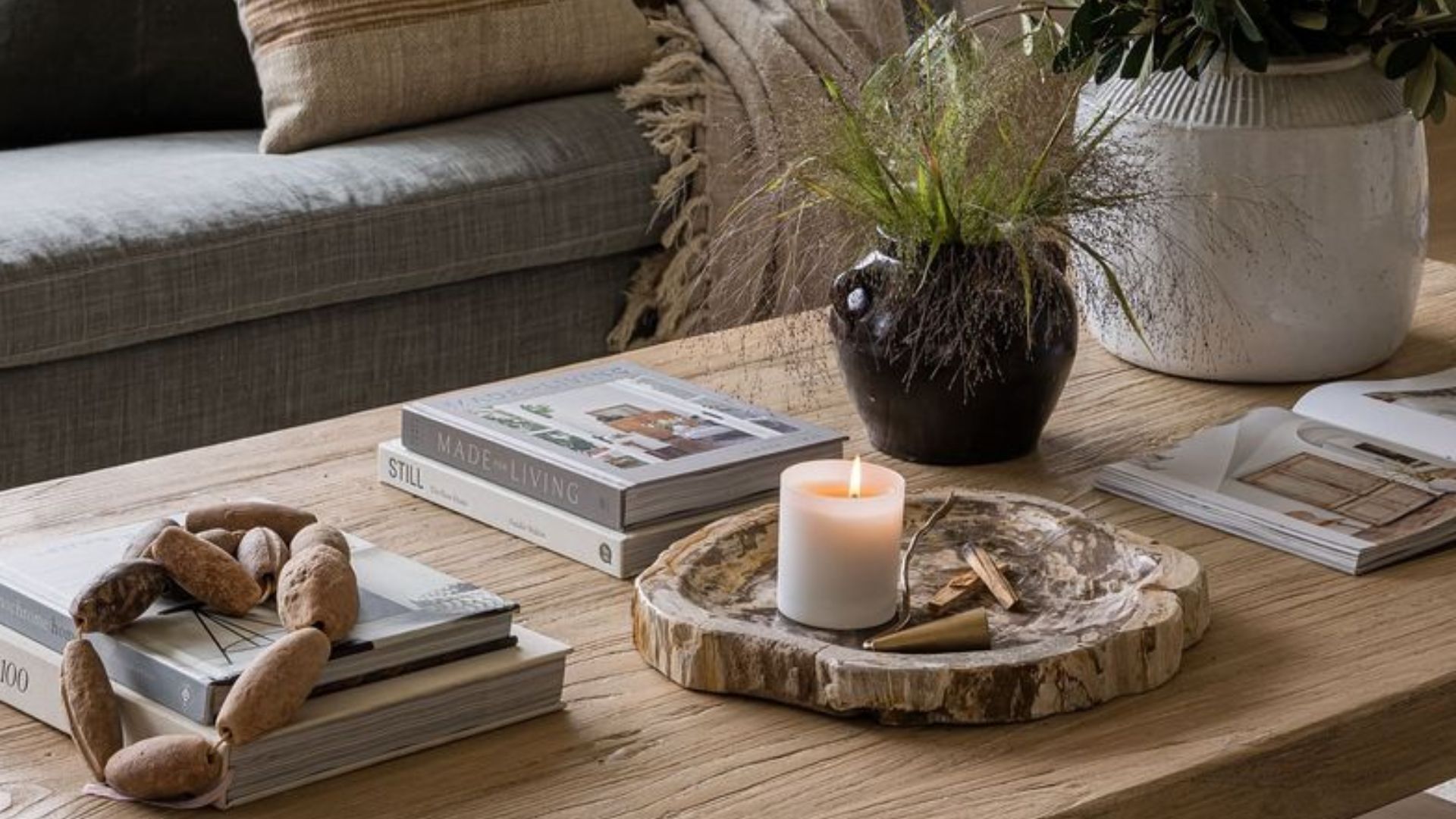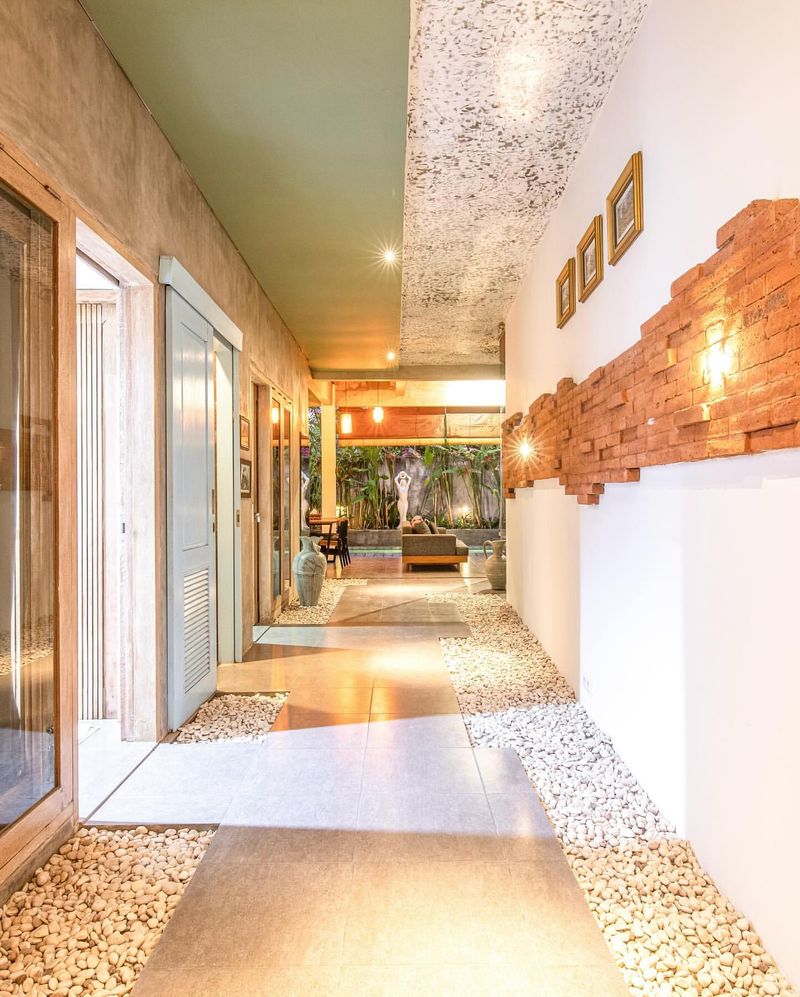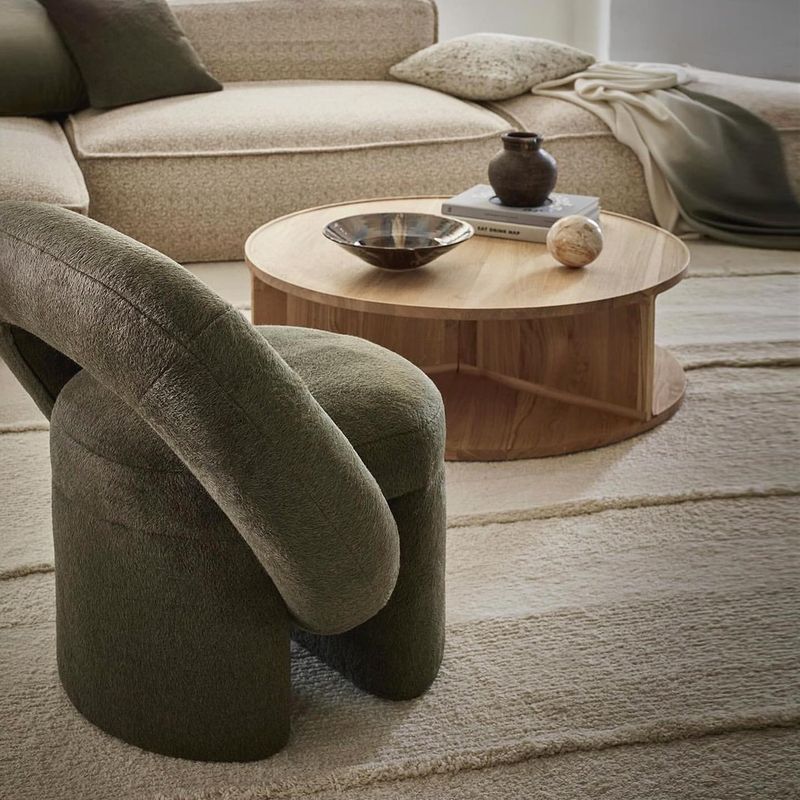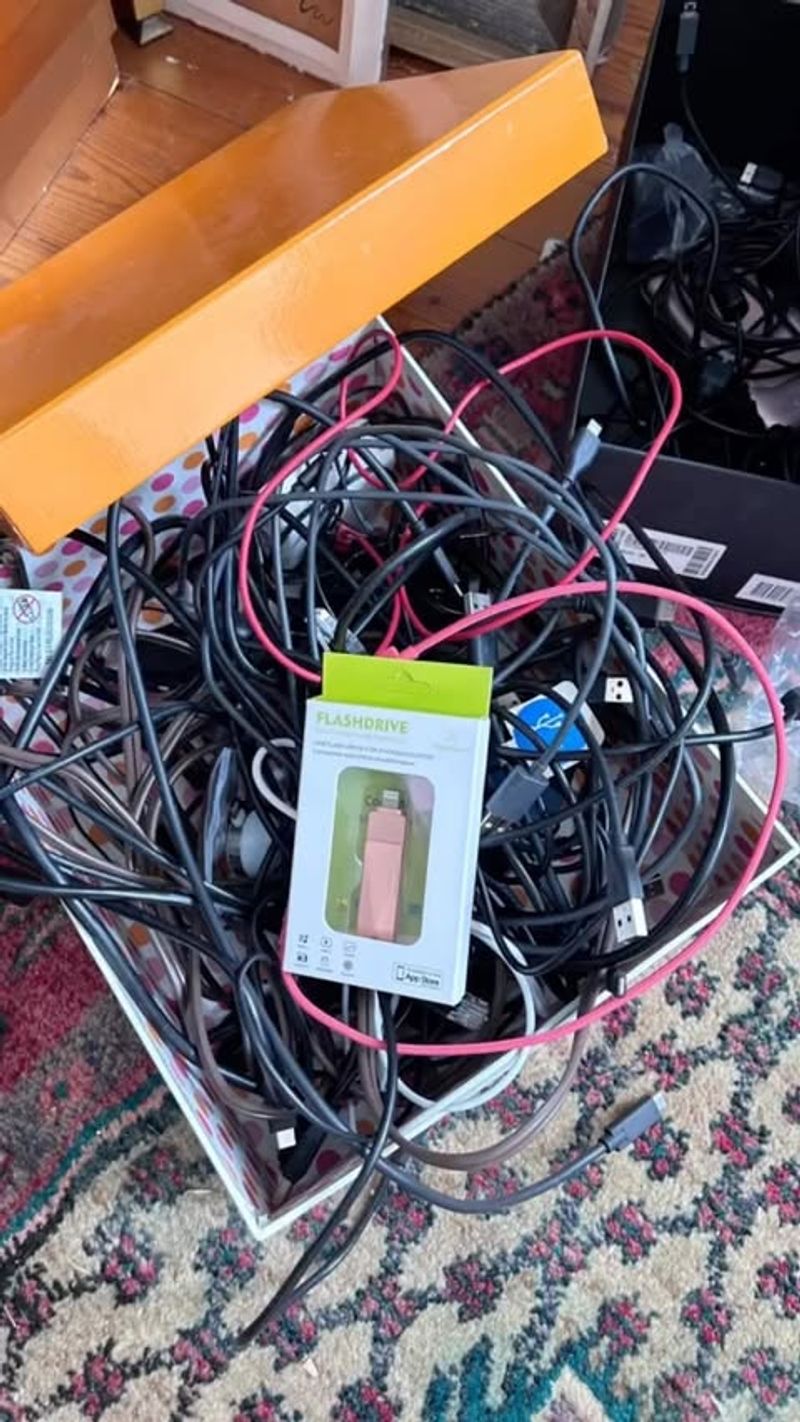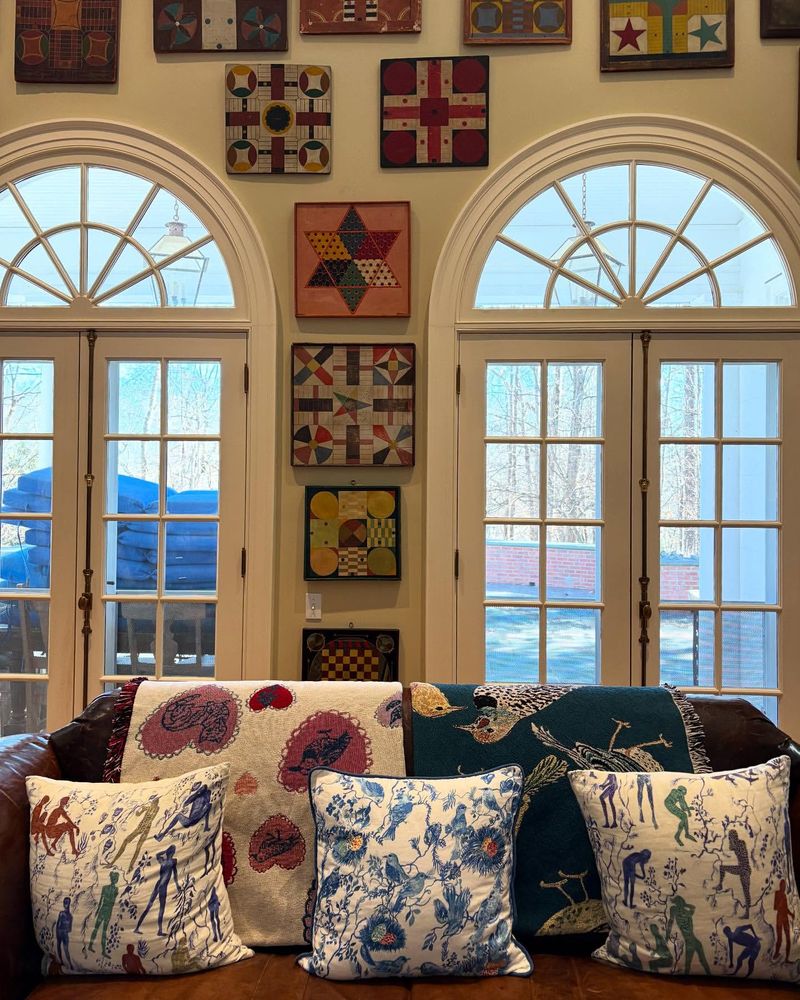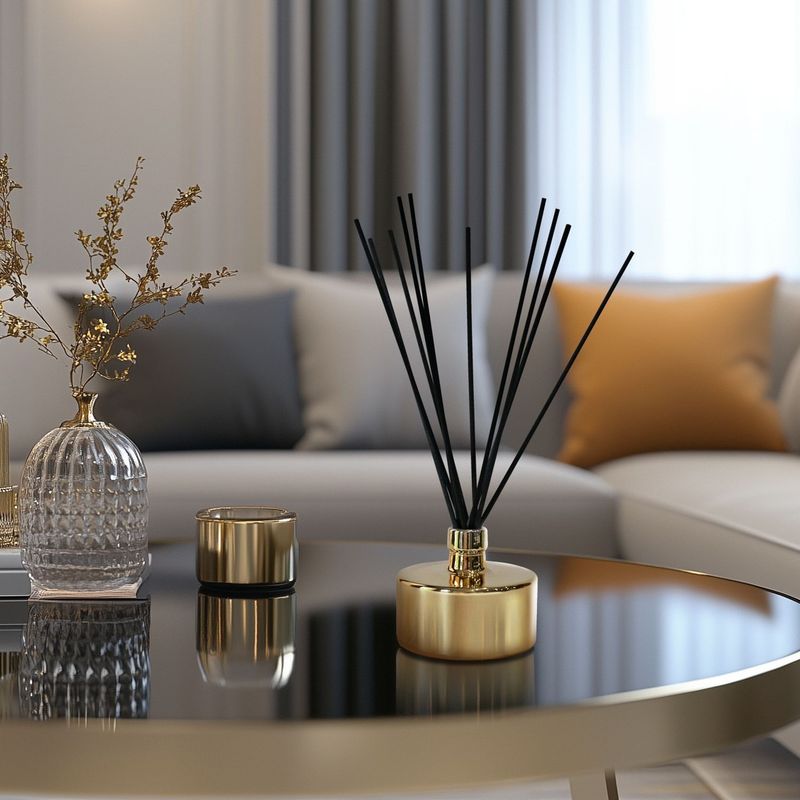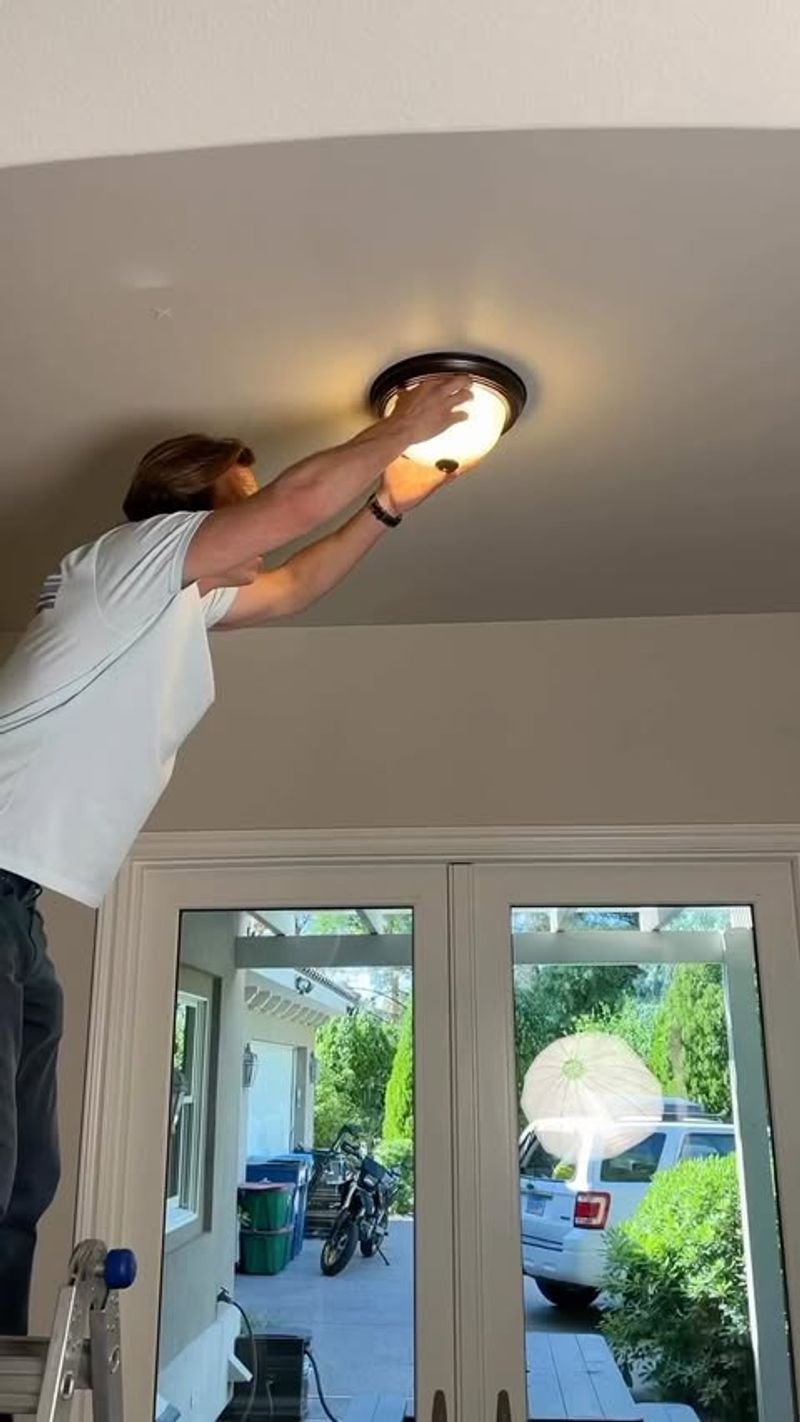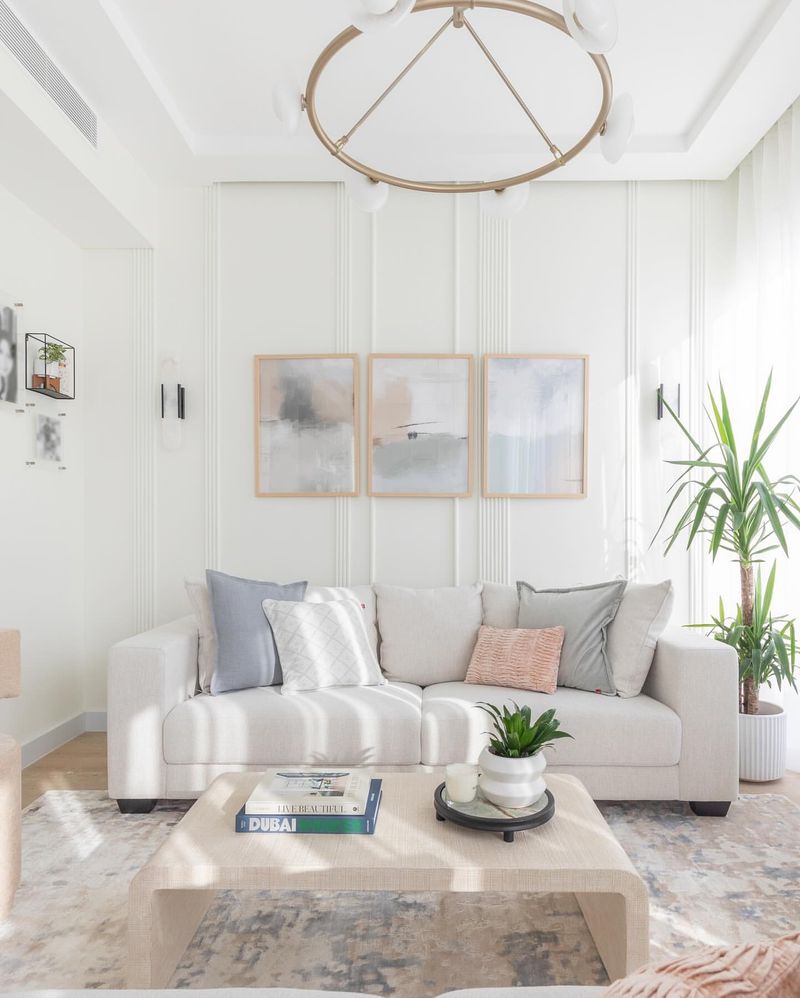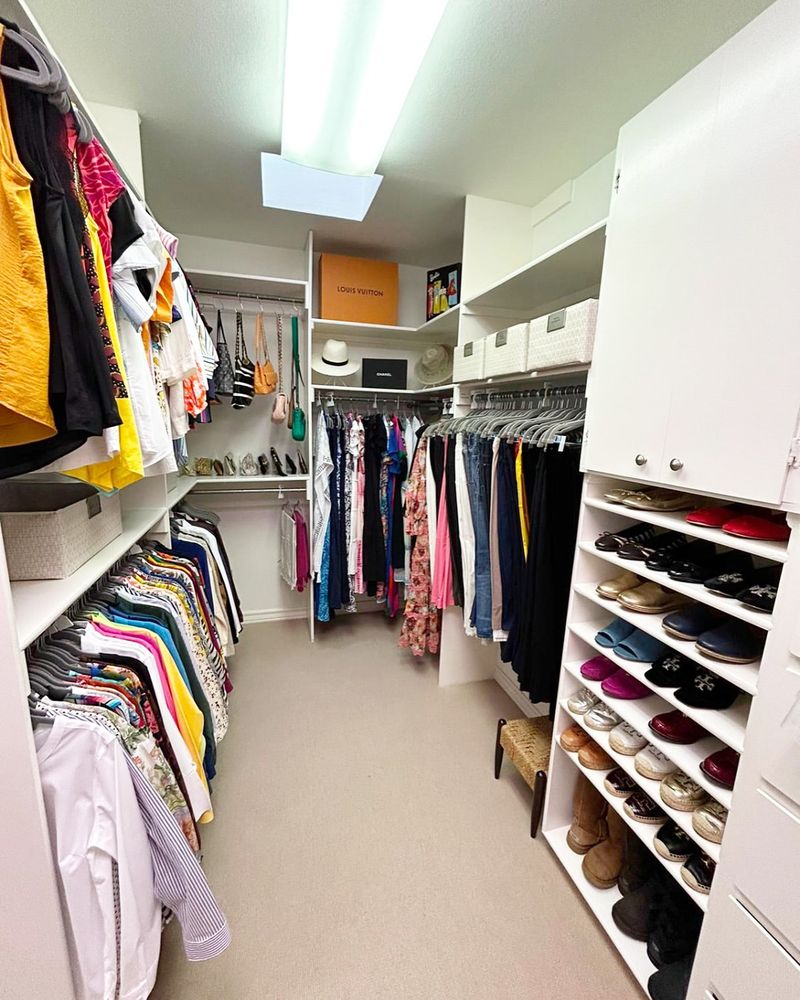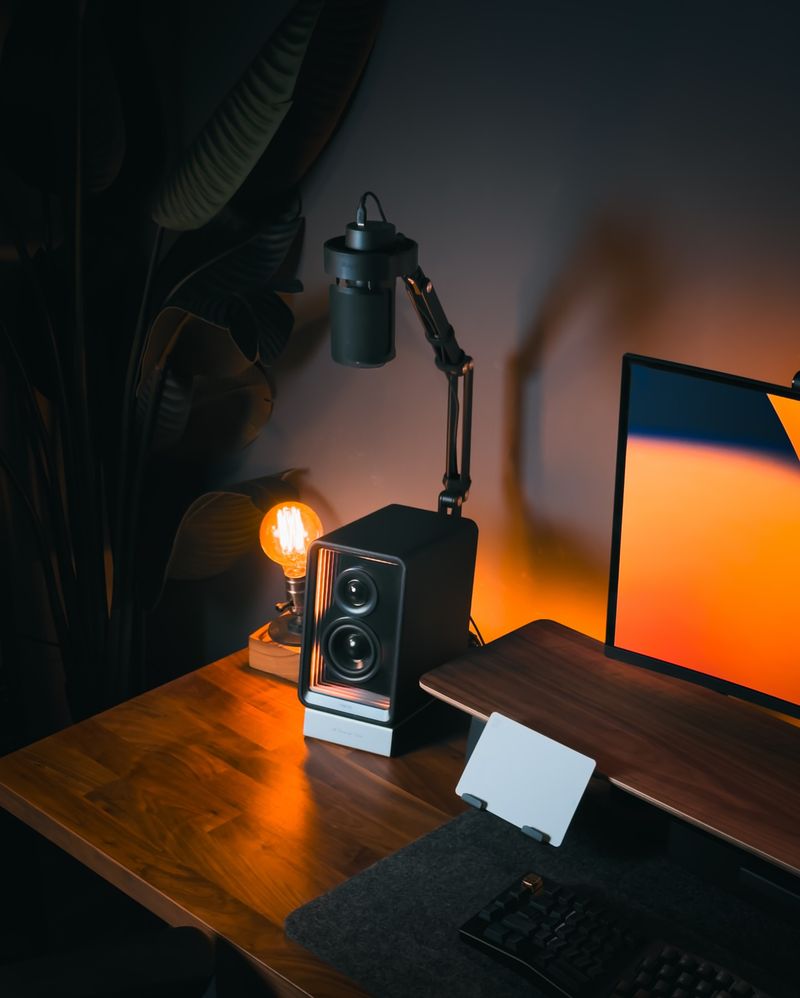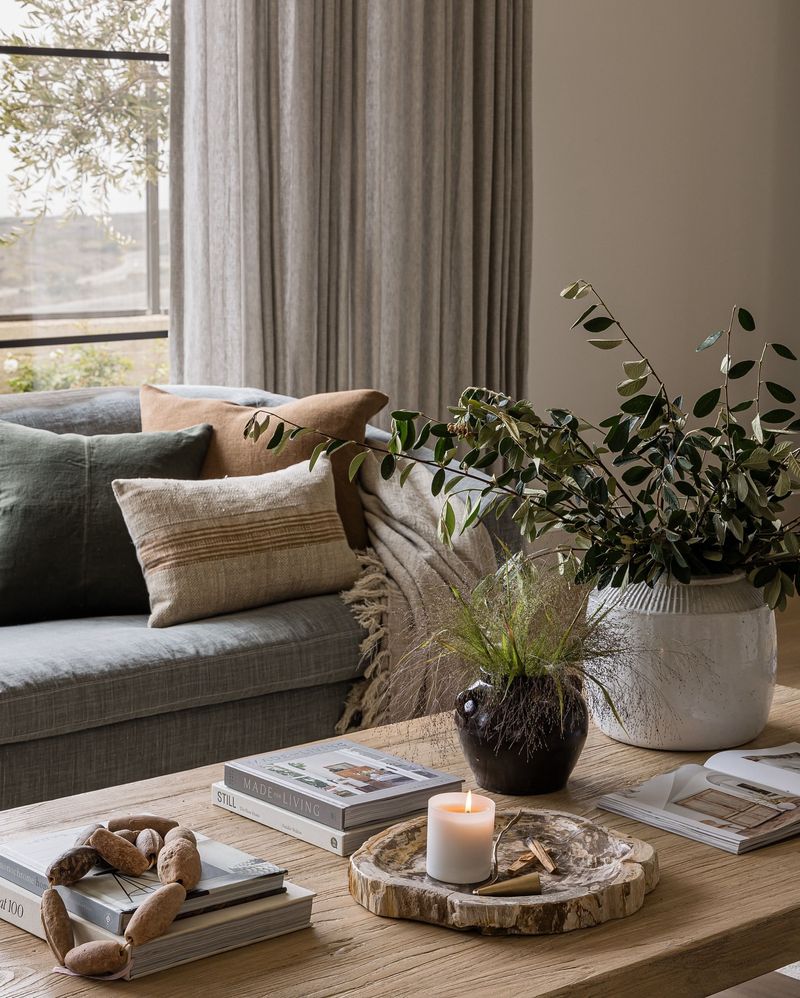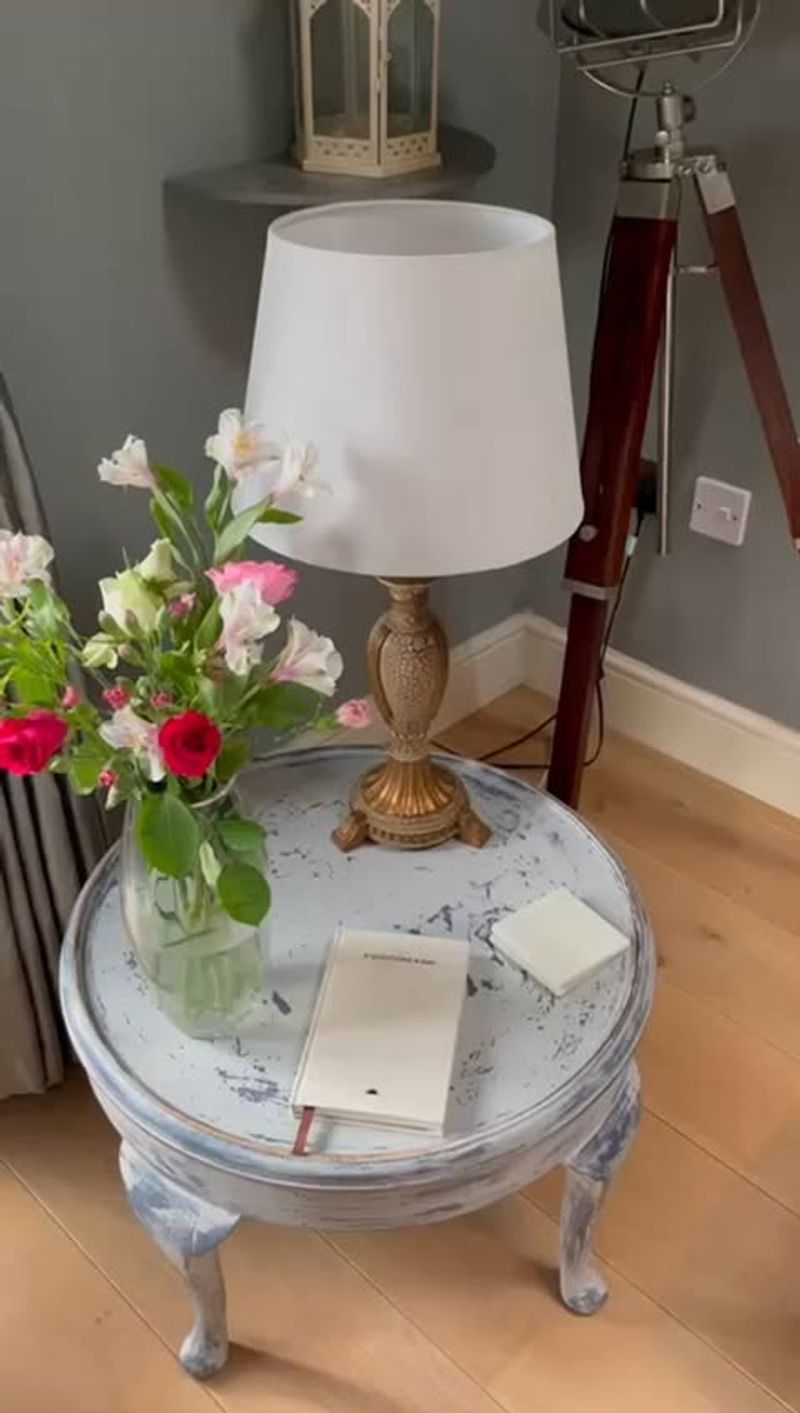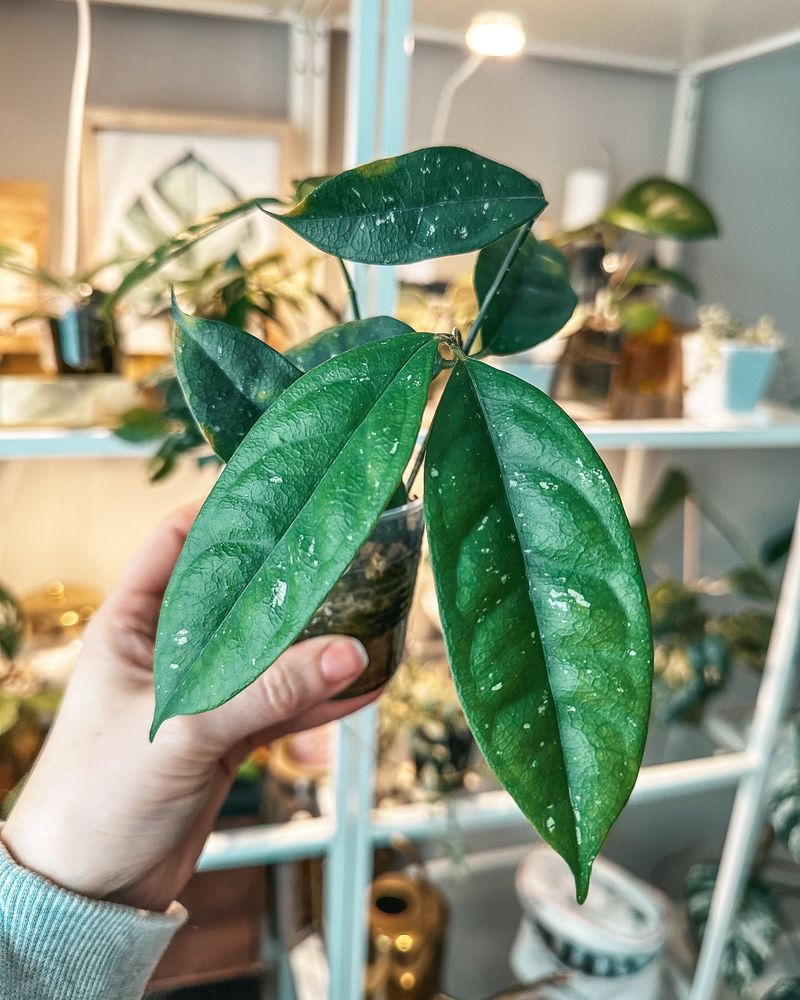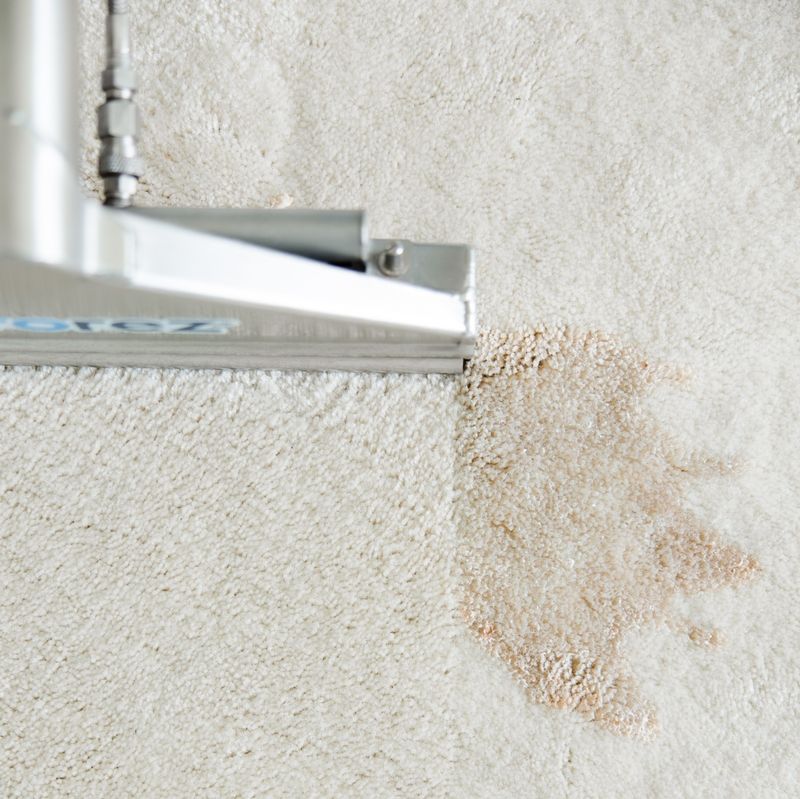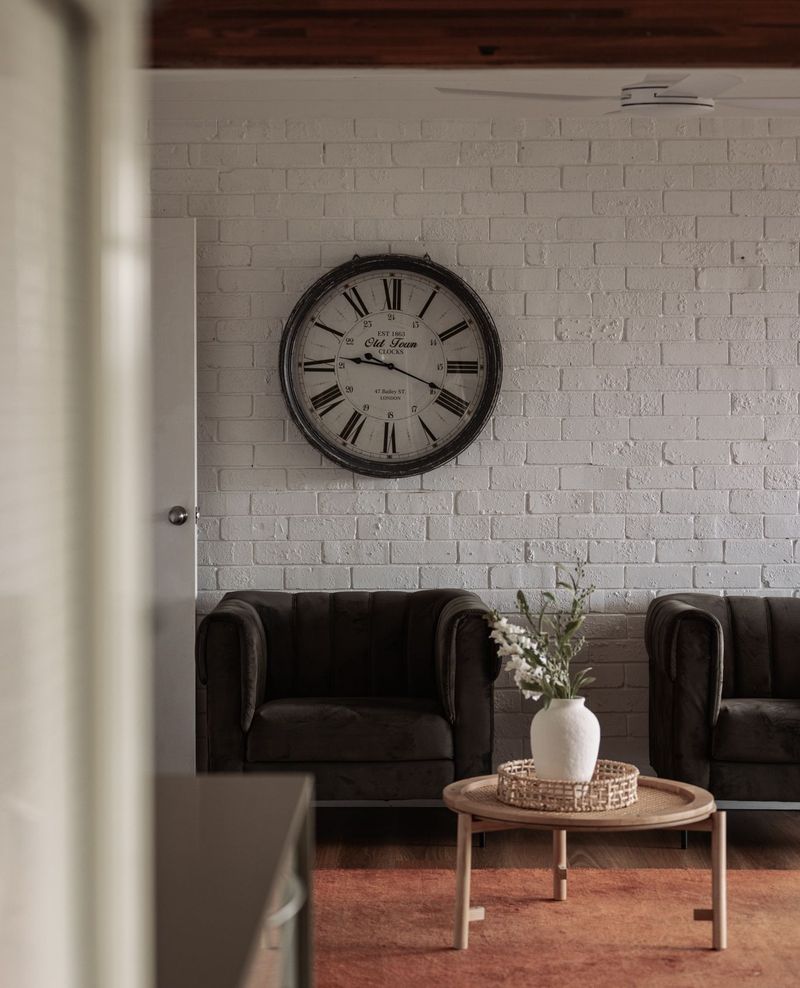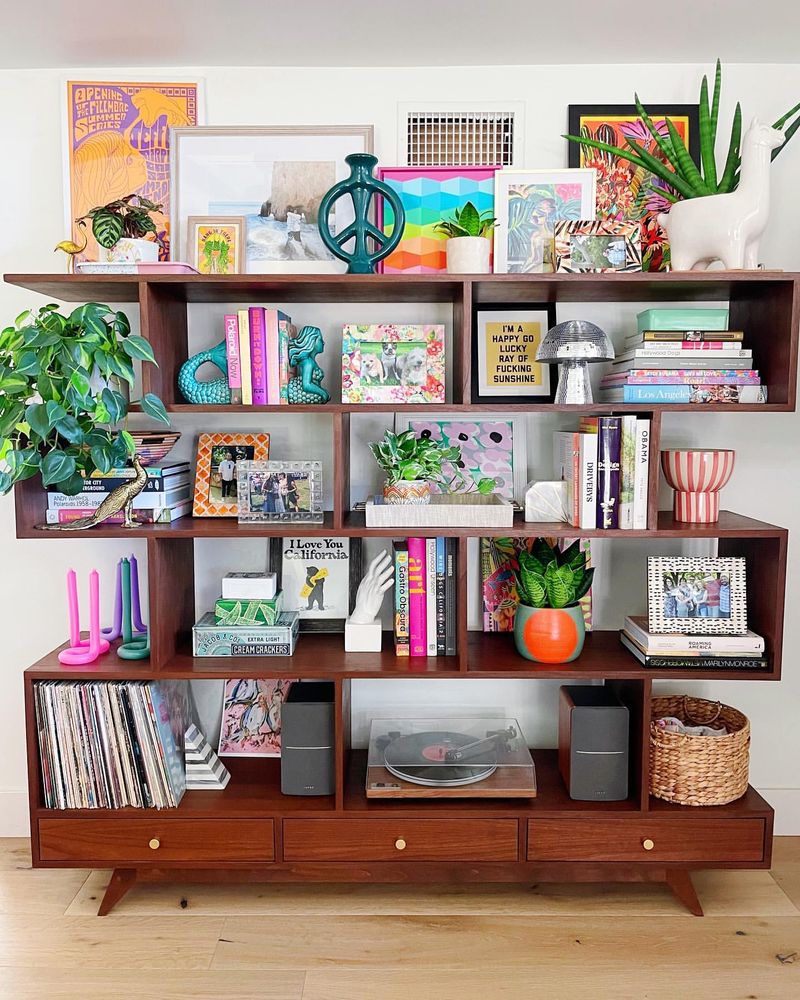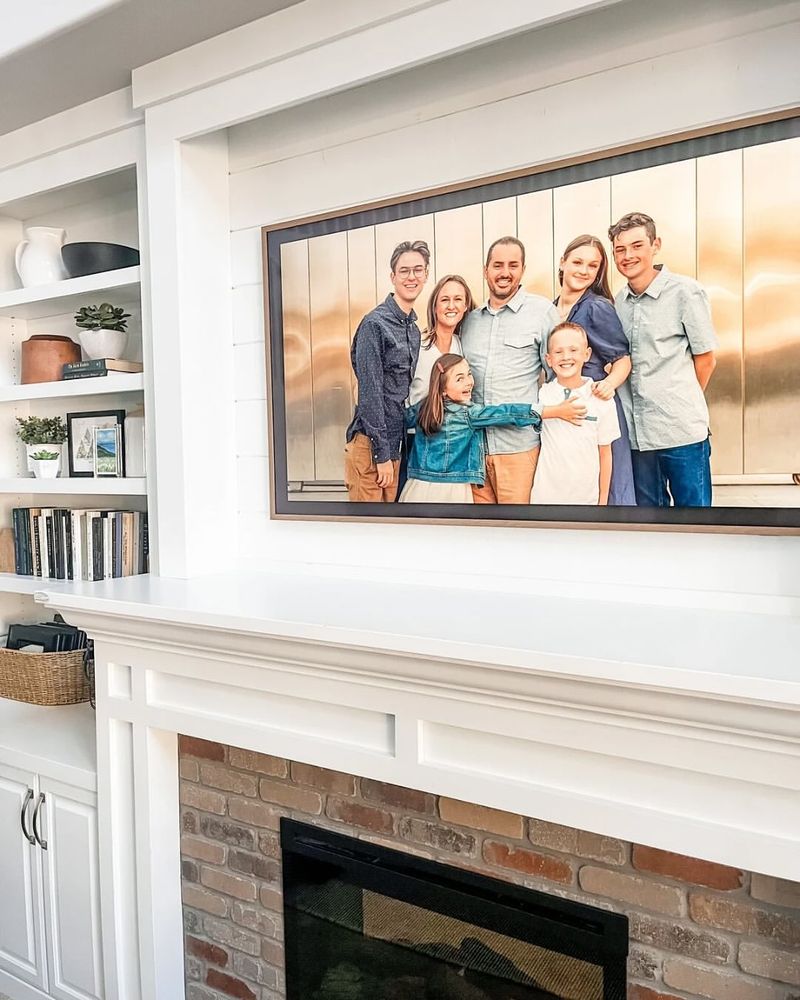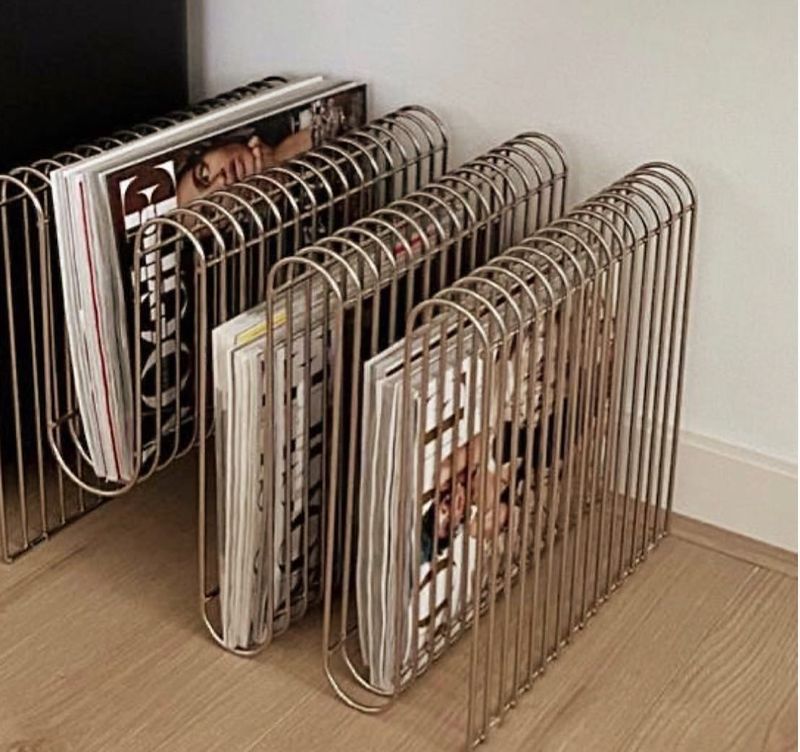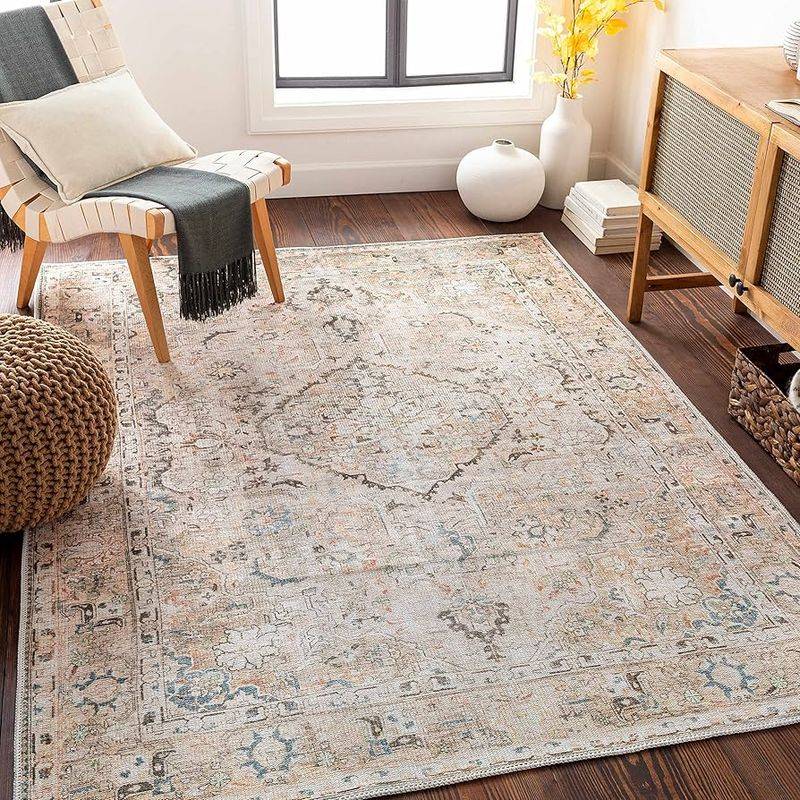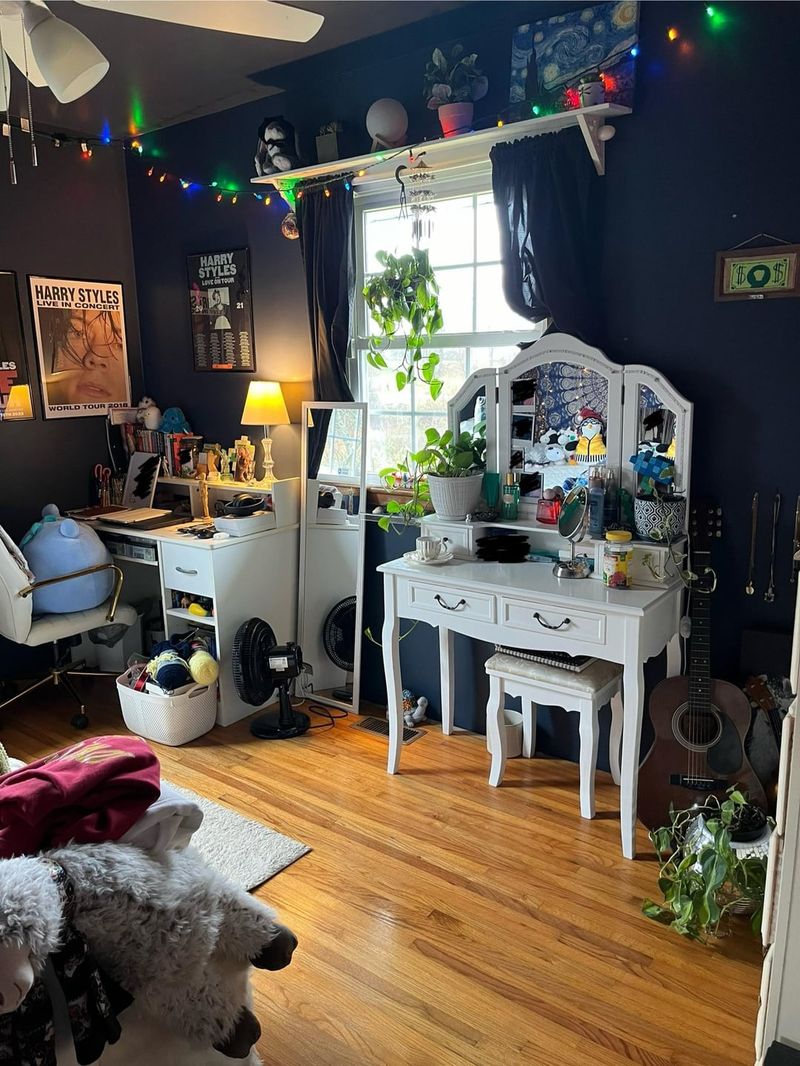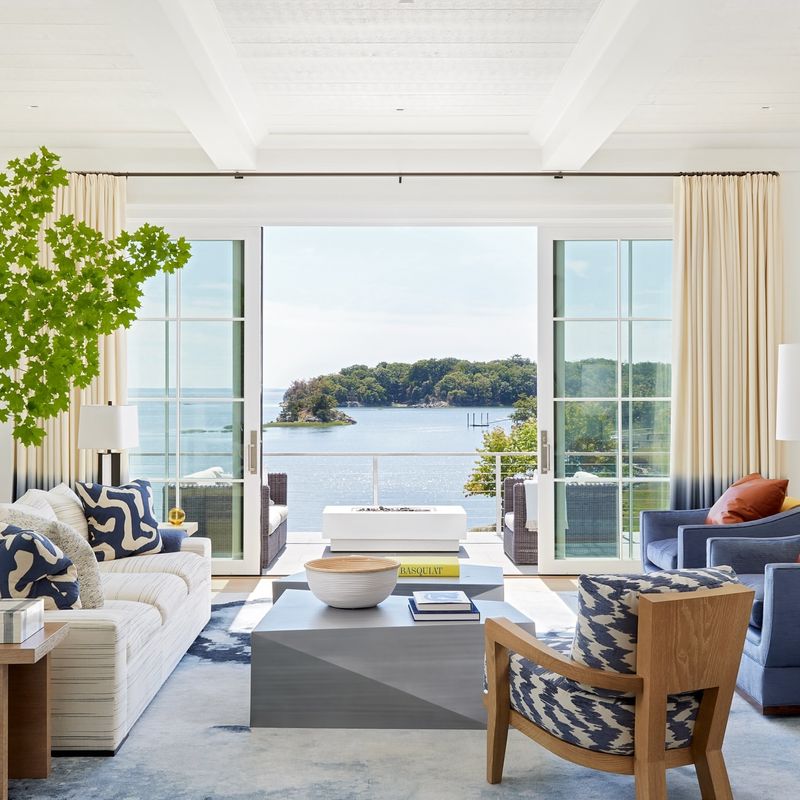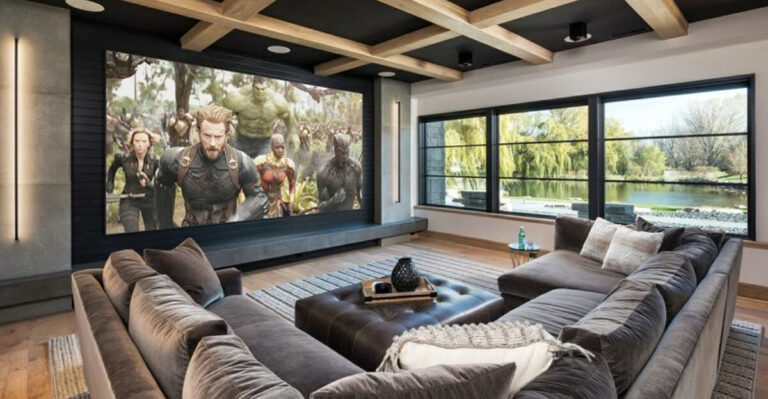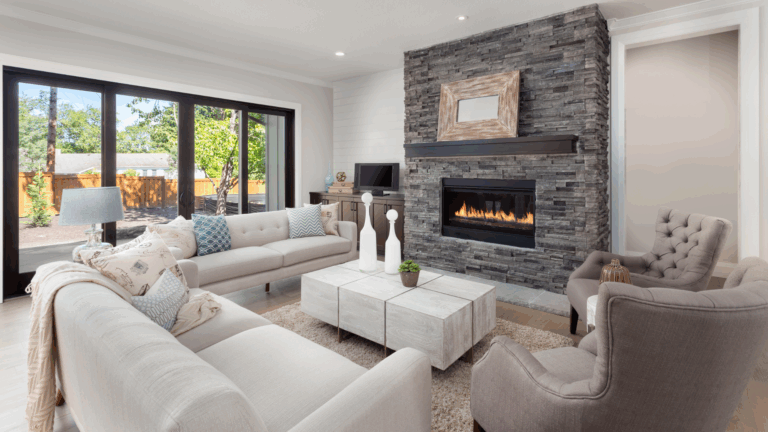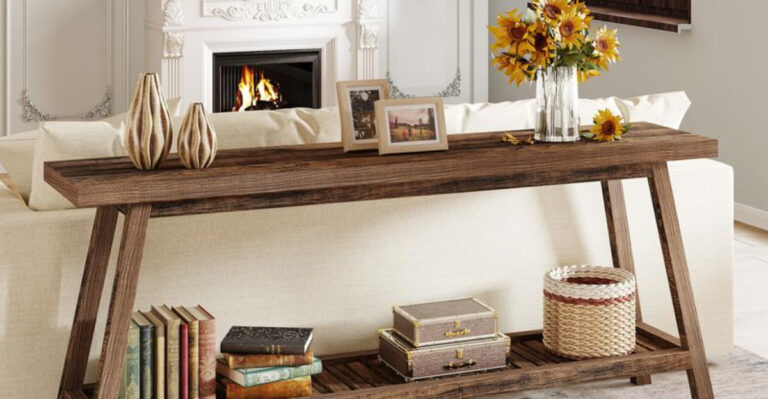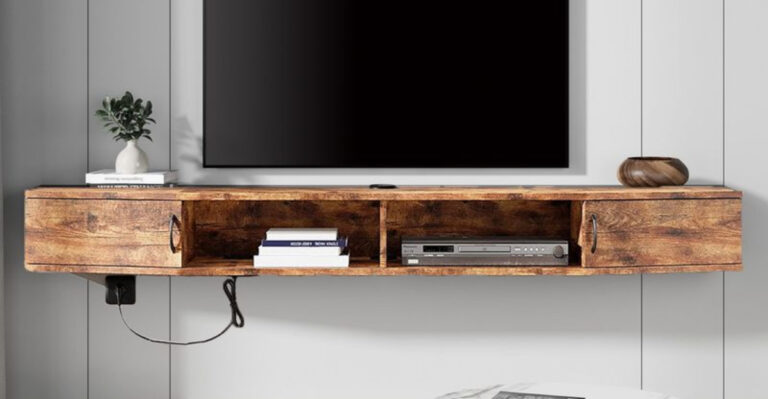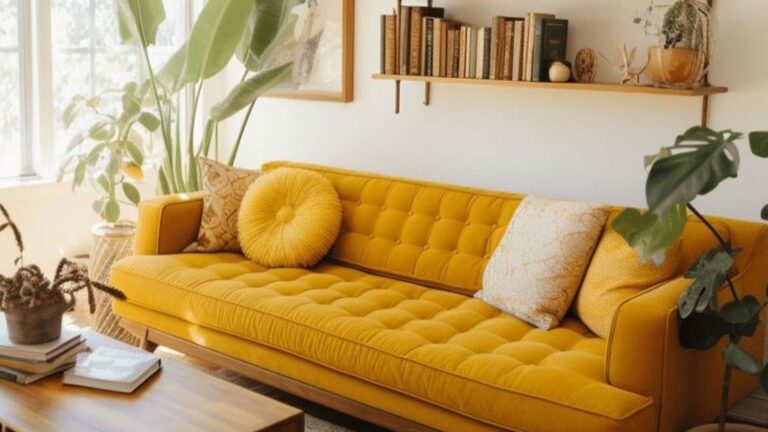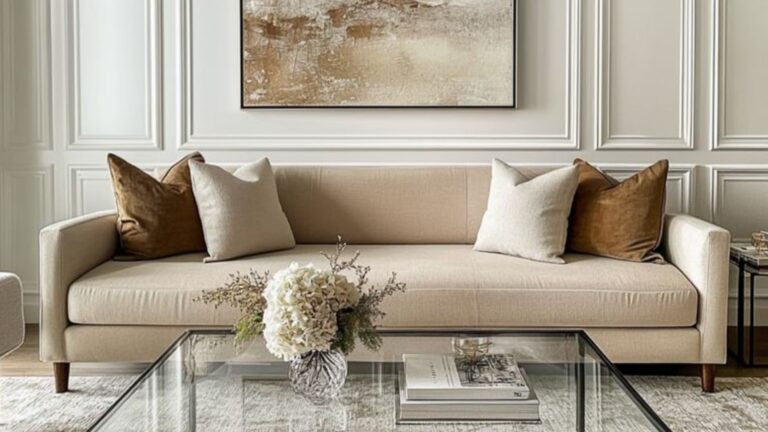24 Things In Your Living Room That Could Be Causing You Stress, According To Therapists
Ever wondered why you feel uneasy in your own living room? Therapists suggest that the very space designed for comfort can unknowingly become a source of stress. From clutter to lighting, there are subtle yet impactful elements that might contribute to your anxiety.
In this blog, we’ll explore 24 specific aspects of your living room that could be triggering stress and offer some insights into making it a more serene environment. You might be surprised at what simple changes can do to foster tranquility.
1. Overcrowded Shelves
If you’ve ever felt overwhelmed in your living room, crowded shelves might be the culprit. An excess of items like books, photos, and ornaments can create visual chaos. Hence, this clutter may lead to mental discomfort. A sparse arrangement, however, can promote peace.
Try minimizing what you display. Choose meaningful pieces over random trinkets. This selective approach can reduce stress. Consider rearranging your shelves today. You’ll likely notice an immediate calming effect. Simplify your space and enjoy a more relaxed atmosphere.
2. Harsh Lighting
Ever noticed how harsh lighting can affect your mood? Bright overhead lights may cause discomfort. They can even lead to headaches. Opt for softer, ambient lighting instead. This can create a more welcoming environment. Consider using lamps with warm bulbs.
Dimmer switches are another great option. They allow you to control the brightness. A well-lit yet gentle space can reduce stress. Try adjusting your lighting today. You might find your mood improves significantly. Lighting plays a crucial role in comfort.
3. Uncomfortable Furniture
How often do you sink into your living room furniture? If it’s not often, comfort might be lacking. Uncomfortable seating can lead to physical strain. This discomfort may translate into stress. Look for furniture that supports your body.
Soft cushions and ergonomic designs can make a difference. Investing in comfort is investing in your well-being. Try enhancing your furniture today. You’ll likely find more relaxation. Comfortable surroundings are essential for a serene living room.
4. Excessive Noise
If your living room seems noisy, it might be impacting your peace. Constant sounds can increase stress levels. Consider reducing unnecessary noise. Use carpets and curtains to absorb sound. Noise-canceling devices or headphones can also help. A quieter room can foster tranquility.
You might find your stress levels dropping. Focus on creating a calm auditory environment. Silence, or soothing sounds, can be very beneficial. Try these changes and notice the difference in your stress levels.
5. Messy Cables
Though often overlooked, messy cables can cause anxiety. They create visual clutter that’s hard to ignore. Organize your wires for a cleaner look. Cable management solutions are widely available. Consider using cable ties or covers.
This simple change can reduce stress. A neat space is more inviting. You’ll find it easier to relax without distractions. Less visual clutter leads to a more peaceful environment. Try organizing your cables today. It’s a small change with a big impact.
6. Too Many Patterns
Ever felt uneasy with too many patterns around? Clashing designs might be the reason. They can overwhelm the senses. Opt for harmony in your décor. Choose a color palette that soothes. Balance is key to a comforting space.
Simplifying patterns can reduce stress. Your eyes will thank you for it. A visually pleasing room fosters relaxation. Consider revamping your space with subtle designs. You’ll likely notice a more calming atmosphere. Decor should enhance, not hinder, peace.
7. Unpleasant Scents
Have you ever noticed scents that don’t sit well? Unpleasant or strong smells can be stress-inducing. Opt for natural fragrances to create a soothing ambiance. Consider plants, essential oils, or unscented candles. These can provide a fresh and clean scent.
A pleasing aroma promotes relaxation. You may find your stress levels reducing. It’s amazing how a simple scent change can impact mood. Try adjusting the scents in your living room. You’ll likely experience a more pleasant environment.
8. Unresolved Maintenance Issues
Ever felt uneasy about unresolved issues in your space? Broken fixtures or peeling paint may contribute to stress. Addressing these problems can restore peace. Consider fixing what’s broken. Freshen up the paint or repair worn furniture.
These changes can improve your living environment. You’ll likely notice a decrease in stress. A well-maintained room feels more inviting. Try tackling those maintenance tasks today. It’s a worthwhile effort for a more relaxing space.
9. Lack of Personal Touch
How connected do you feel to your living room? A lack of personal touches might be causing stress. Add elements that reflect your personality. Family photos or travel souvenirs can make a difference. Personal touches foster a sense of belonging.
They create a comforting atmosphere. Invest time in decorating with meaning. You’ll likely find a more welcoming space. A room that reflects you is more inviting. Try adding personal touches today. It’s a simple way to enhance comfort.
10. Overstuffed Closets
If you’ve ever opened a closet and felt overwhelmed, you’re not alone. An overstuffed closet can create stress. Consider decluttering your storage space. Donate or discard items you no longer need. A tidy closet contributes to a calm environment.
You’ll find it easier to relax with less mess. Organizing your space can reduce anxiety. A well-arranged closet fosters serenity. Try decluttering today. It’s a small step towards a more peaceful living room.
11. Visible Workspaces
If your work life spills into your living room, stress might follow. A visible workspace can blur relaxation and productivity. Consider separating these areas. Use screens or room dividers if necessary. This distinction can foster a work-life balance.
You’ll likely notice a drop in stress levels. A clear boundary supports relaxation. Try rearranging your space today. You’ll find a more peaceful living environment. Work should coexist with, not dominate, leisure.
12. Cluttered Coffee Table
A cluttered coffee table can be a constant source of stress. When items are scattered everywhere, it creates visual chaos and makes it difficult to relax. The brain processes this clutter as unfinished tasks, which can result in heightened anxiety levels.
Try to keep your coffee table organized by using trays or baskets. This not only organizes your space but also adds a stylish touch to your decor. When everything has a designated place, it’s easier to find what you need and maintain a sense of calm.
Consider setting aside a few minutes each day to tidy up. A clear coffee table can pave the way for a clearer mind, making relaxation more achievable.
13. The Lonely Lamp
A lonely lamp in your living room may sound innocent, but it could be a source of unease. Often sitting in a forgotten corner, this lamp might not provide adequate light, which can strain your eyes and mind.
The dim, flickering light can create a gloomy atmosphere, subtly affecting your mood. Consider replacing it with a more efficient lighting solution or adding a second lamp to balance the room.
Brighter, well-placed lighting can instantly enhance your living space’s ambiance, making it more inviting and less likely to induce stress.
14. The Forgotten Houseplant
A forgotten houseplant losing its vitality can bring unexpected stress. Seeing its drooping leaves may unconsciously signal neglect or failure. This visual cue can subtly nag at your sense of responsibility.
Moreover, an unkempt plant can disrupt the aesthetic harmony of your space, making it less pleasant. Taking a few moments each week to care for it can bring life back to your plant and alleviate stress.
Healthy plants can enhance your living room’s atmosphere, providing a natural and serene touch that promotes relaxation.
15. Unmatched Socks Pile
An unmatched pile of socks isn’t just a laundry quirk—it might be stressing you out. Seeing a heap of mismatched socks can trigger disorderly feelings, reflecting a disorganized life.
The mess impacts your perception of cleanliness and can lead to feelings of chaos. Try sorting them and using this moment as a calming, meditative task.
Matching socks not only brings about a small win but also contributes to a tidier environment, subtly easing your mind and reducing stress.
16. The Mismatched Remote Control
The sight of mismatched remote controls can be a hidden stressor. Confusion over which remote operates which device can lead to frustration. Searching through a pile to find the right one adds unnecessary stress.
Consider organizing them in a dedicated holder or consolidating them with a universal remote to simplify your setup.
Streamlining this aspect of your living room can minimize daily hassles, creating a more harmonious and stress-free environment.
17. The Mysterious Stain
A mysterious stain on your carpet or sofa can be a silent source of stress. Its presence might nag at your consciousness, reminding you of a pending cleaning job.
Ignoring it often leads to increased anxiety about cleanliness. Address the stain with a good cleaning session or professional help to dissipate this minor stressor.
Once resolved, you’ll likely find your living space feels fresher and your mind lighter, contributing to a more peaceful atmosphere.
18. The Noisy Wall Clock
Tick-tock, tick-tock—the persistent ticking of a wall clock can be surprisingly stress-inducing. Its constant noise can become an intrusive presence, breaking the calm of your living space.
If its noise starts to grate on your nerves, consider replacing it with a quieter model or moving it to a different room.
A quieter living space can contribute to a more restful environment, helping reduce unnecessary stress caused by background noise.
19. The Neglected Bookshelf
A neglected bookshelf can silently add to your stress levels. Disarrayed books and dust build-up not only create visual clutter but also add to your mental clutter.
Spending time organizing your bookshelf can have therapeutic benefits, transforming a chaotic corner into an orderly, calming space.
Organized bookshelves contribute to a more inviting environment, promoting relaxation and reducing stress with their newfound aesthetic appeal.
20. The Awkward Family Portrait
An awkward family portrait with forced smiles can be more than just an amusing anecdote. Hanging prominently, it might invoke stress each time you glance at it.
Such portraits can serve as reminders of familial pressures or uncomfortable moments. Consider replacing it with a candid, joyful photo that brings genuine happiness.
Swapping out the image can transform your living room into a space of positive memories and reduce hidden stress.
21. The Overstuffed Magazine Rack
An overstuffed magazine rack can become a subtle stress point. It serves as a constant reminder of unread material, contributing to a growing to-do list.
This clutter can make you feel overwhelmed, impacting your relaxation time. Periodically clear out old issues, keeping only what truly interests you, to alleviate this stressor.
A tidy magazine rack can enhance your living room’s atmosphere, supporting relaxation by reducing unnecessary clutter.
22. The Faded Rug
A faded rug, once vibrant, may now contribute to a sense of neglect and stress. Its worn appearance can affect the overall aesthetic, subtly impacting your mood.
Revitalizing it with a professional clean or replacing it can improve the visual appeal of your living room.
A fresh-looking rug can enhance your space’s atmosphere, providing a comforting and visually pleasing environment that reduces stress.
23. The Random Knick-Knacks
Random knick-knacks scattered about can add to your stress levels without you even realizing it. Their disorganized appearance creates visual noise, making it hard for your mind to relax.
Consider decluttering and keeping only those items that hold sentimental value or enhance your decor.
A more streamlined space can reduce stress, promoting a cleaner and more peaceful atmosphere that is easier on the eyes and mind.
24. The Drafty Window
A drafty window might not just be a nuisance but a stress-inducing feature as well. The cold breeze can create discomfort and increase your heating bills.
Addressing this with weather stripping or heavier curtains can make your living room more comfortable.
By improving insulation, you create a cozier environment, enhancing relaxation and reducing stress caused by unwanted chills and drafts.

